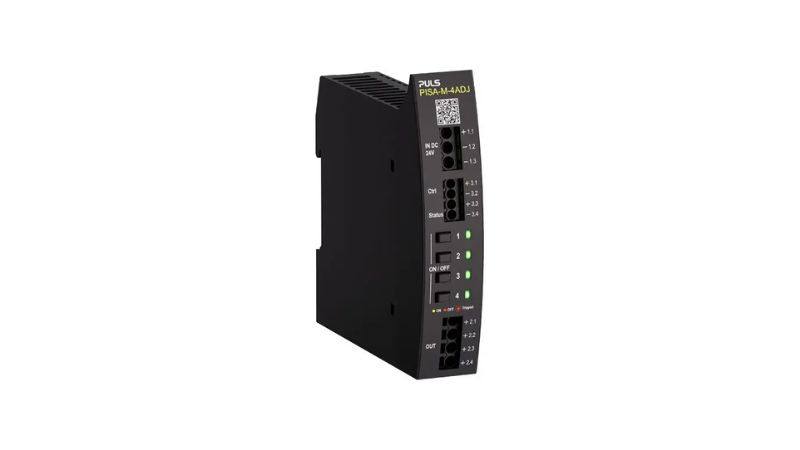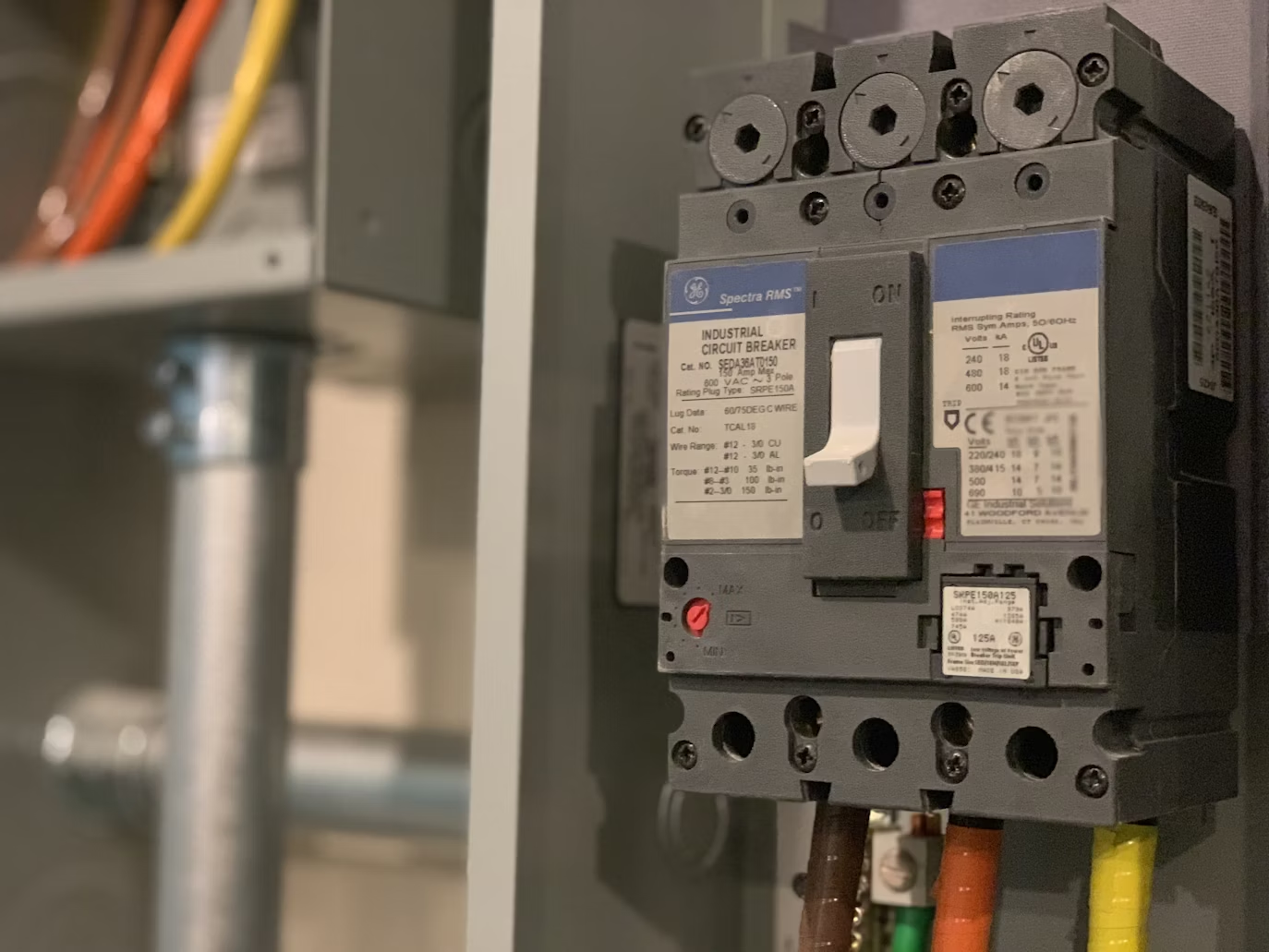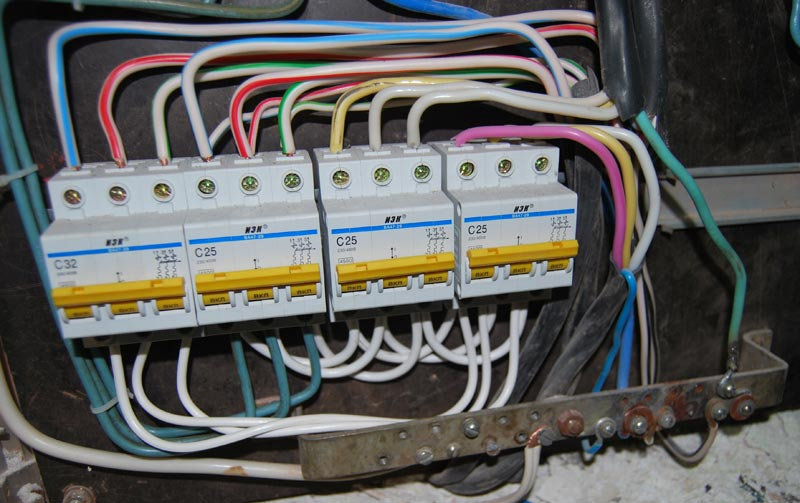Breaking the Mold: PULS Releases New Electronic Circuit Breakers
PULS is jumping into the world of electronic circuit breakers with the PISA-M series electronic circuit breakers featuring remote monitoring and control.
A circuit breaker is a safety device that opens or breaks a circuit when the electrical load becomes too high. Fuses or mechanical circuit breakers are commonly used throughout the electrical industry, but recently, we have seen electronic circuit breakers become popular in industrial control cabinets. An electronic circuit breaker monitors the current draw of one or multiple circuits and will open the circuit if the current draw becomes too high. An advantage to an electronic circuit breaker is the ability to change the breaking current with a simple dial or dip switch. Recently, PULS, a global supplier of industrial DIN mount power supplies, has released a series of electronic circuit breakers.

A picture of the new PISA-M circuit breaker. Image used courtesy of PULS
PISA-M Electronic Circuit Breaker
The PISA-M series is a four-channel electronic circuit breaker, allowing technicians and designers to protect four different circuits with different current load requirements all in one device. Each channel can be configured for circuit protection from 1 to 8 A. A fixed four-channel model can be ordered if your design doesn’t require a configurable current rating. Each version of the PISA-M is 22.5 mm wide and comes equipped with push-in connectors, allowing for a toolless installation.
Each channel has a two-color LED that reports the status of that respective channel. An electronic push button is also included for each channel, allowing the operator to turn on or off the channel and reset the fault condition on the channel.

A large circuit breaker with a manual switch. Image used courtesy of Troy Bridges
Remote Control And Monitor
Instead of using an industrial protocol, the PISA-M uses a coded digital interface. This interface can be configured as unidirectional or bidirectional and works similarly to Morse code. A positive and negative terminal is provided for status and control. These signals are connected to PLC inputs, and a series of pulses are used to signal tripped, on, and off status. The control signals work similarly, sending a series of pulses to the device through the PLC outputs. The control signals can reset tripped channels or turn channels on or off.

DIN mounted IEK circuit breakers. Image used courtesy of strenus6
Electronic Over Mechanical
A fuse is the simplest and most cost-effective circuit protection on the market, so there isn’t any comparison between a fuse and an electronic circuit breaker. The comparison gets interesting regarding mechanical circuit breakers vs. electronic breakers. Both can be reset physically, and both can be ordered with different current ratings.
The electronic breaker can be configured to meet a range of current ratings at installation, while a mechanical circuit breaker needs to be ordered with the correct rating or replaced with the correct rating. Remote on/off and resetting the tripped state of the breaker is also only possible with electronic breakers.
Lastly, a mechanical breaker uses mechanical components to monitor and break the circuit in the event of an overload or short circuit; these components tend to wear out over time and with repetitive use. An electronic circuit breaker uses advanced electronics to monitor the current draw on multiple circuits and will use fewer mechanical components to break that electrical circuit.

 Facebook
Facebook Google
Google GitHub
GitHub Linkedin
Linkedin








